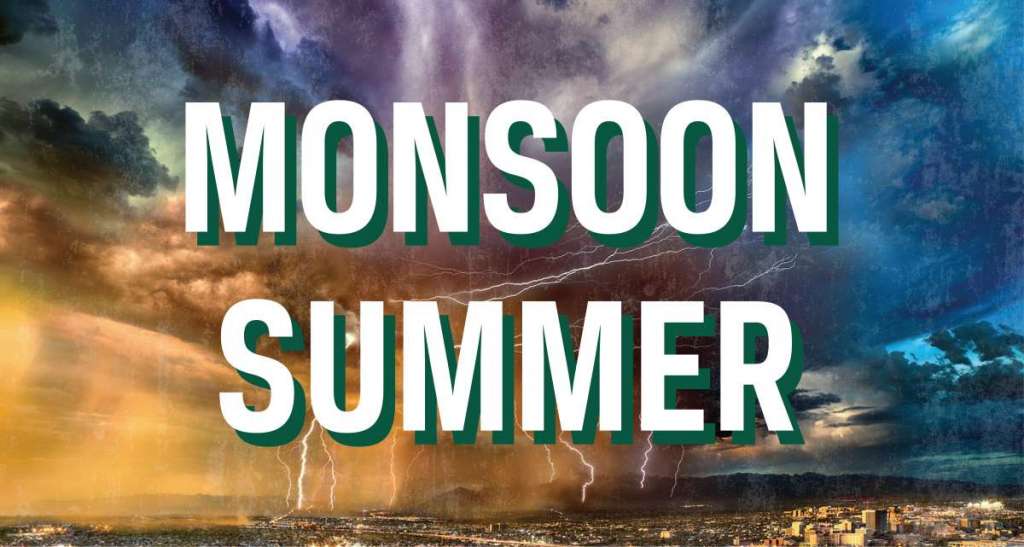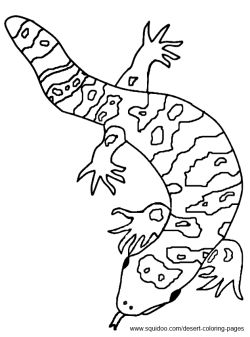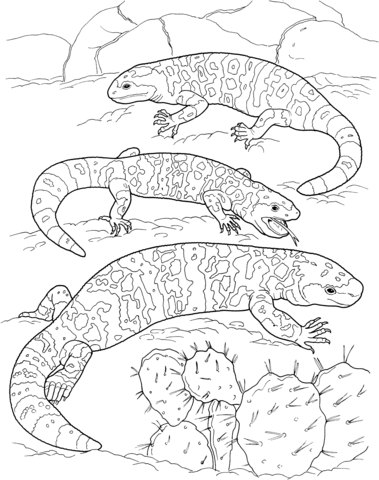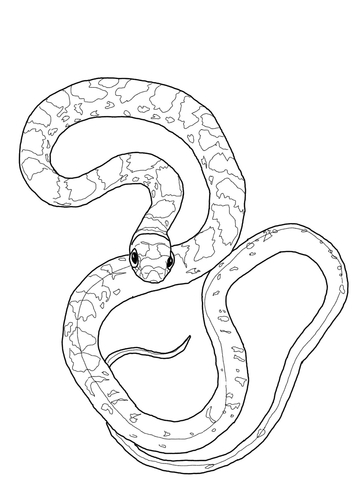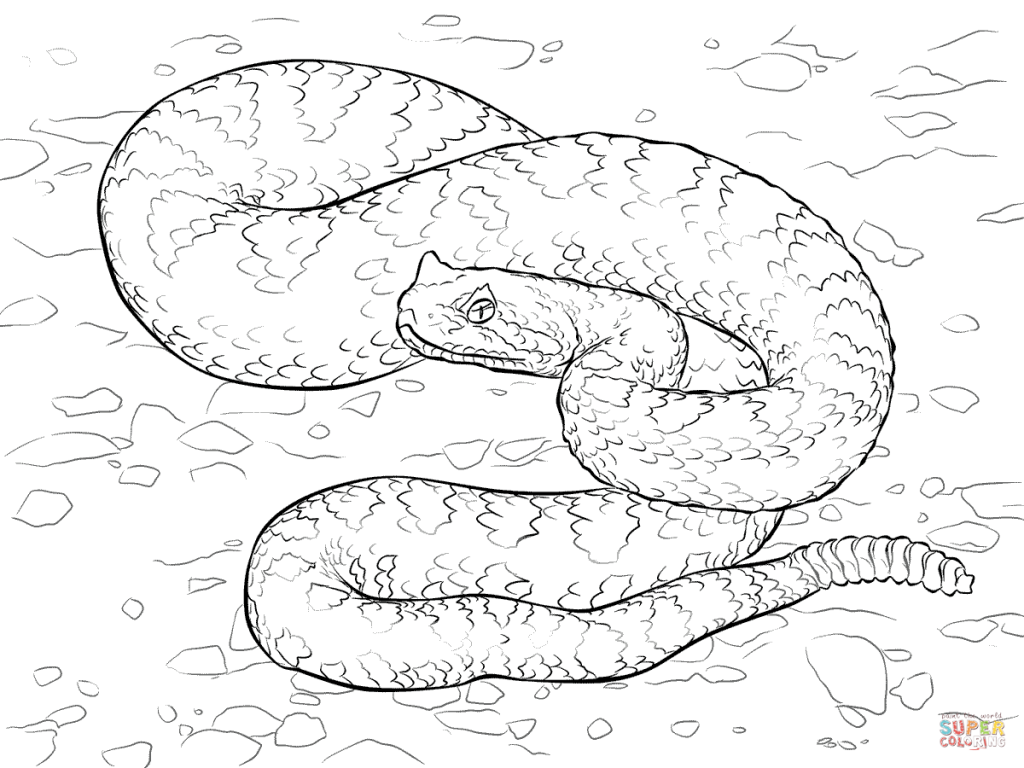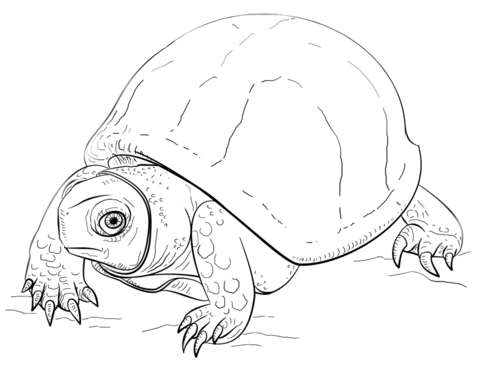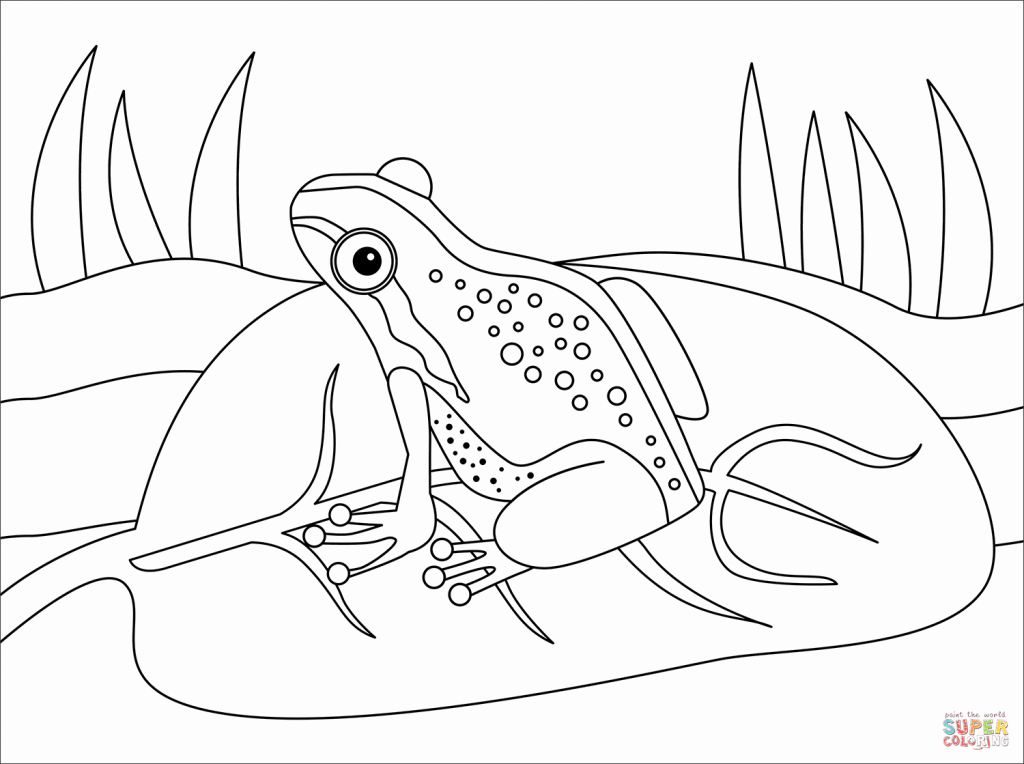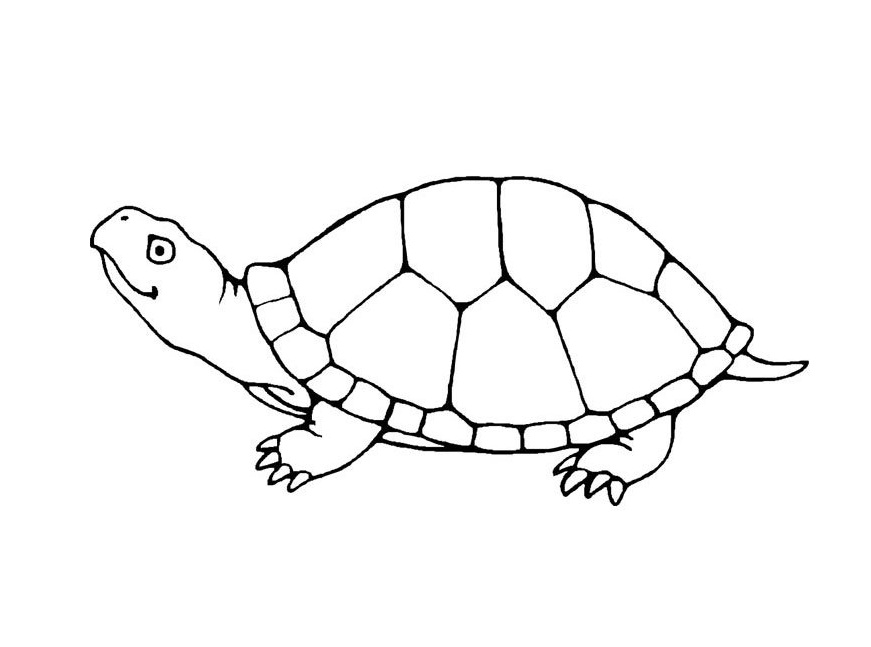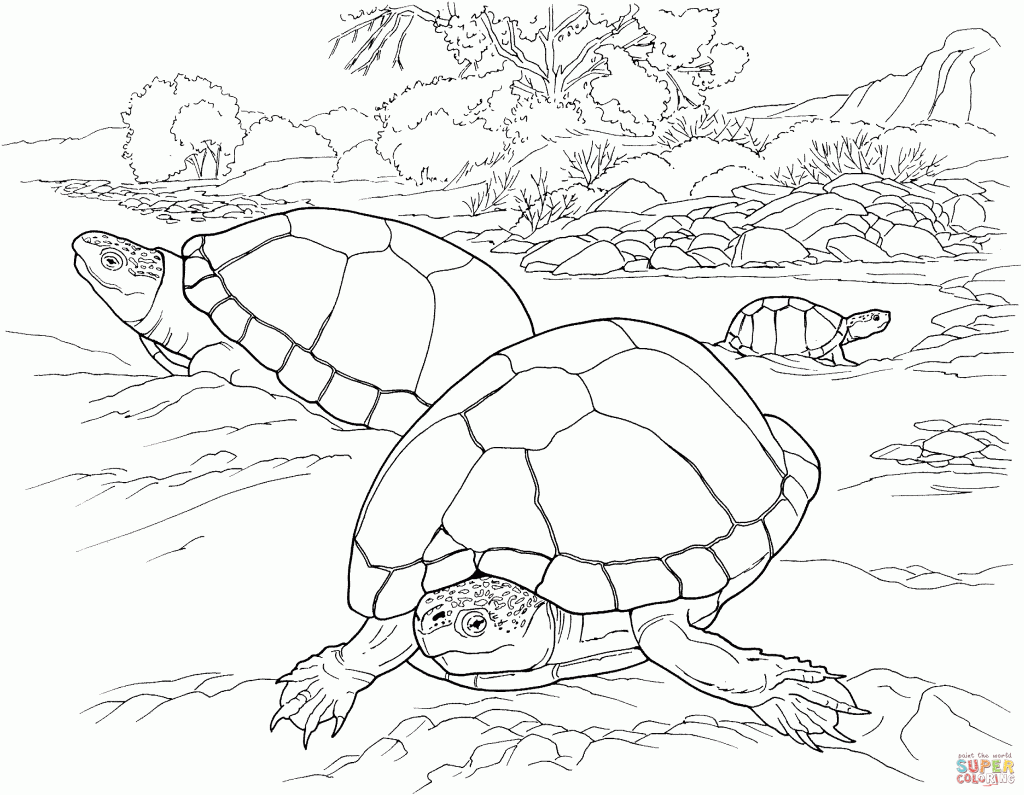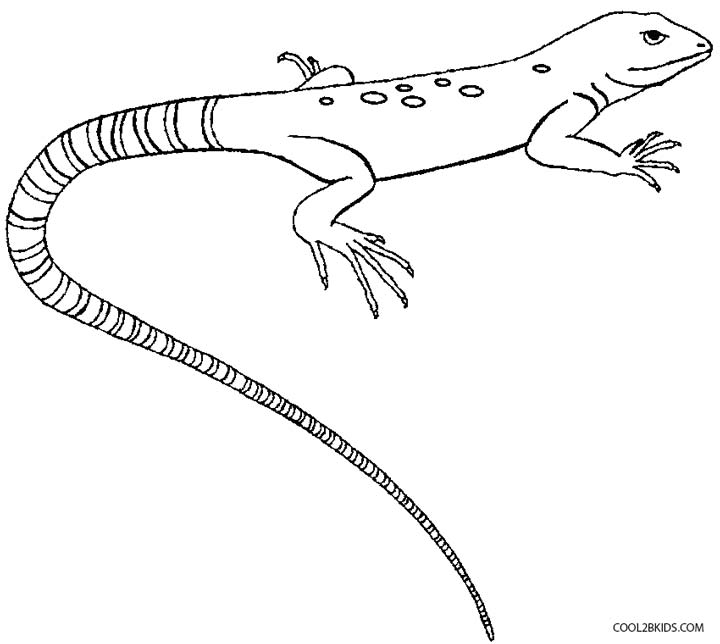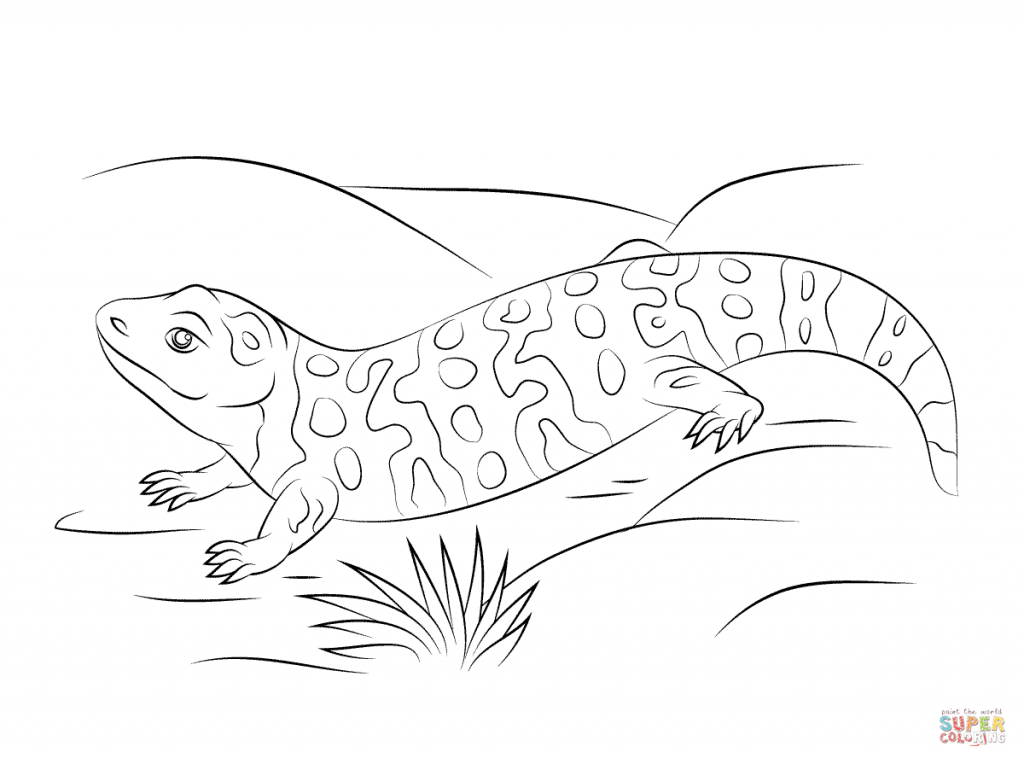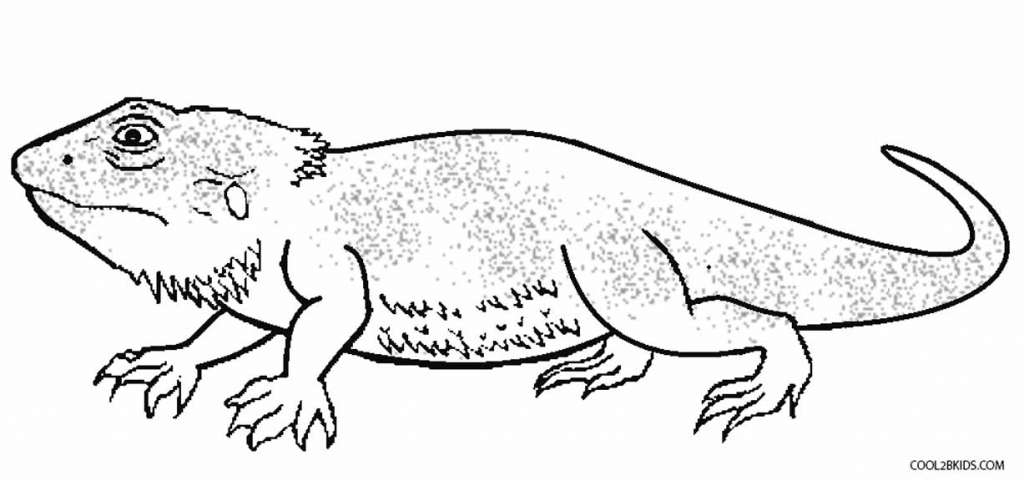Love ’em or hate ’em, reptiles are a major player in the ecosystem of the Sonoran Desert. We may smile at the antics of lizards doing push-ups, just a form of male posturing, but these guys help keep insect populations in check and in turn are sustenance for other critters up the food chain. Desert tortoises are gentle giants, lumbering across the desert floor, vegans who appreciate a ripe prickly pear fruit now and then. But it’s likely snakes that push your buttons; yet without them, rodent populations would be out of control. Learn to identify them and you can learn to love them, they are our friends.
Day 1 – Sonoran Desert Snakes
Tucson Herpetological Society – Snakes
Learn How To Identify
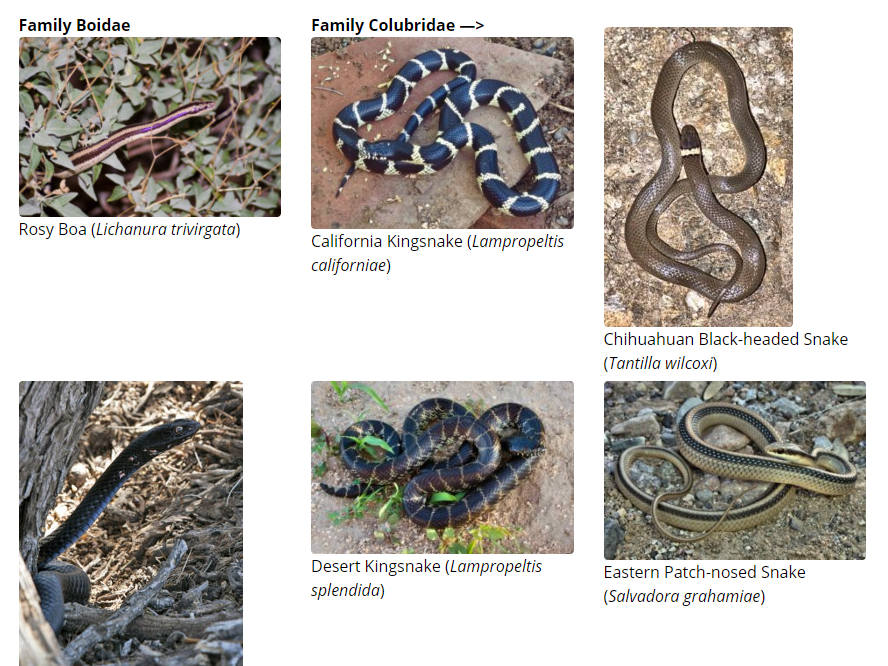
Downloadable Coloring Books
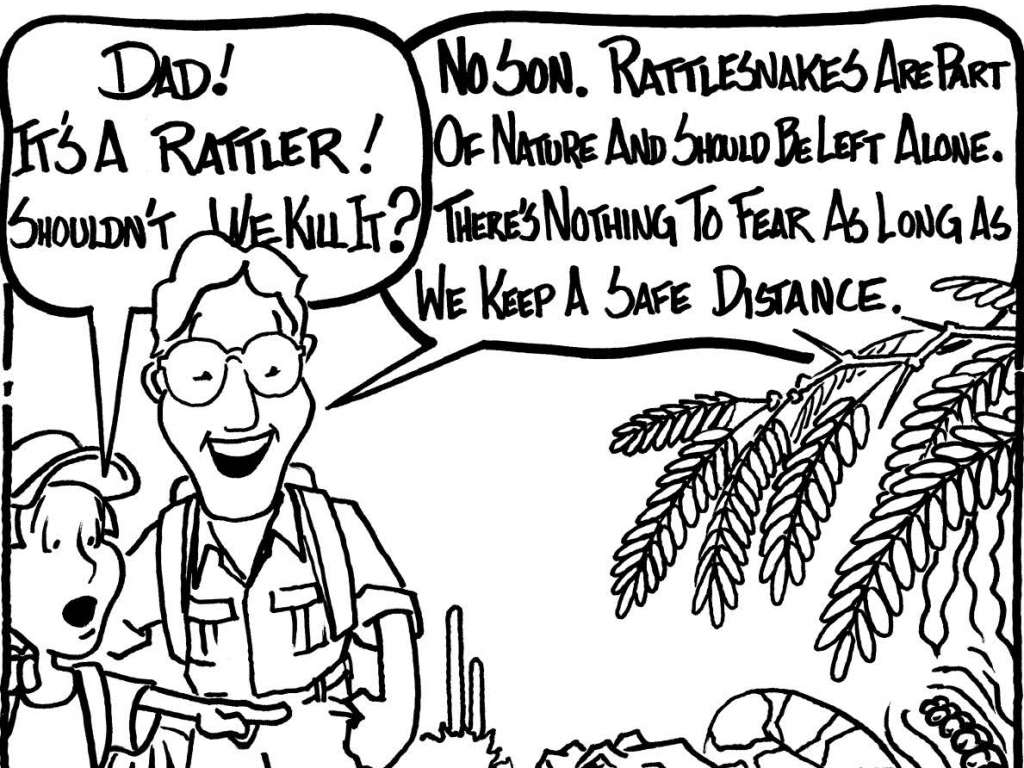
Is It Venomous, or Not?
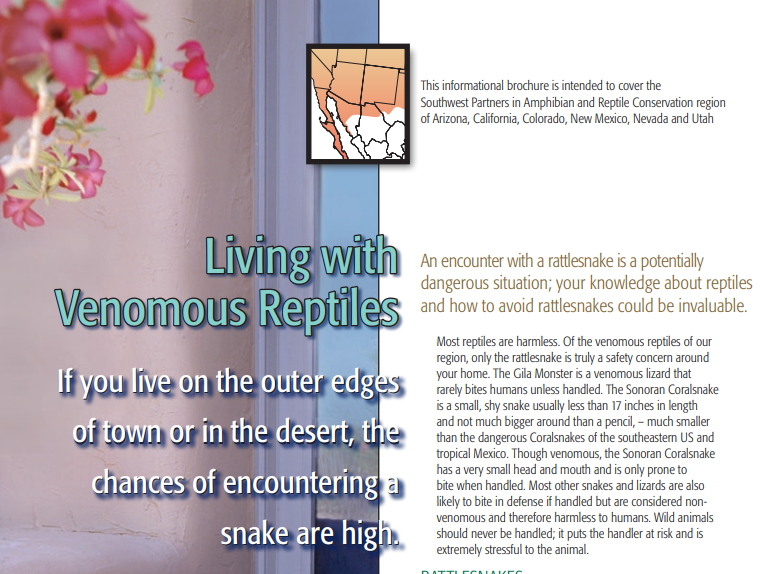
Great Rattlesnake Videos
Activity Time
A Case of Mistaken Identity
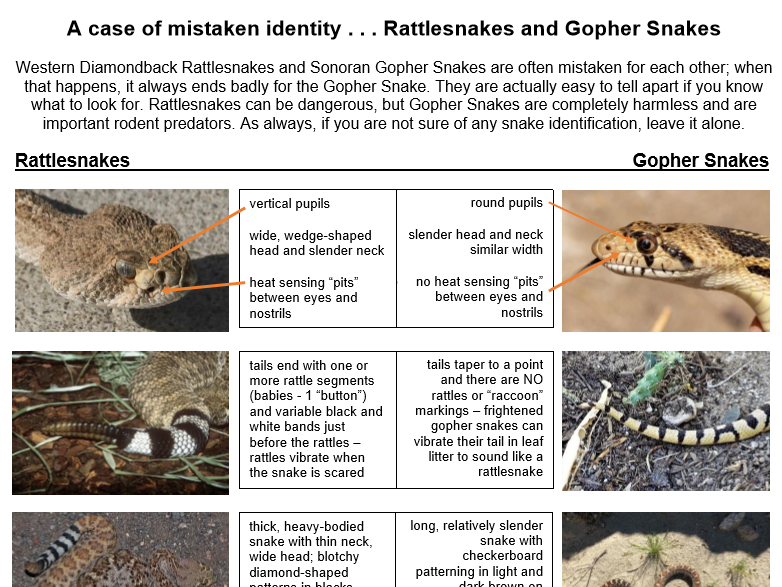
Let’s Talk About Snakes
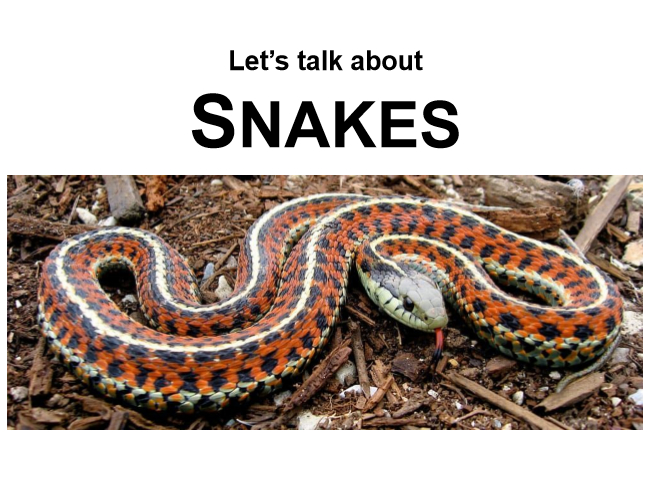
Day 2 – Identification
Look and Learn
Arizona’s Reptiles

Online Field Guide
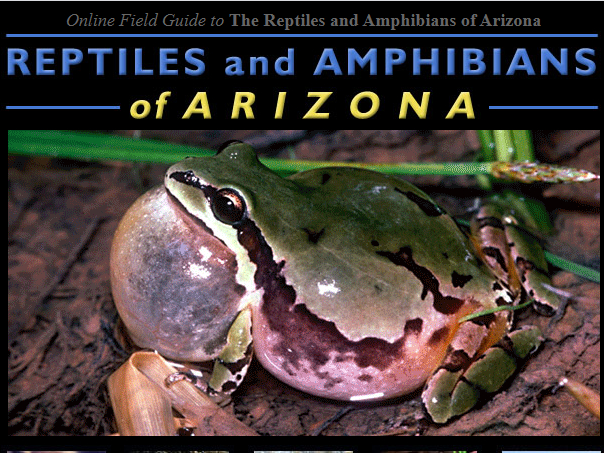
Reptiles of Arizona
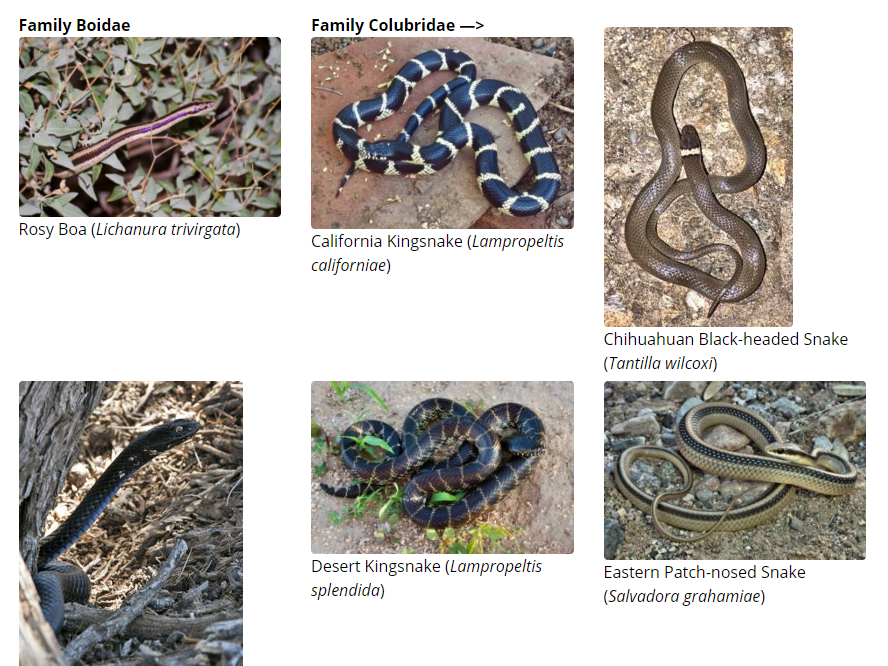
Get The Facts
Gila Monster
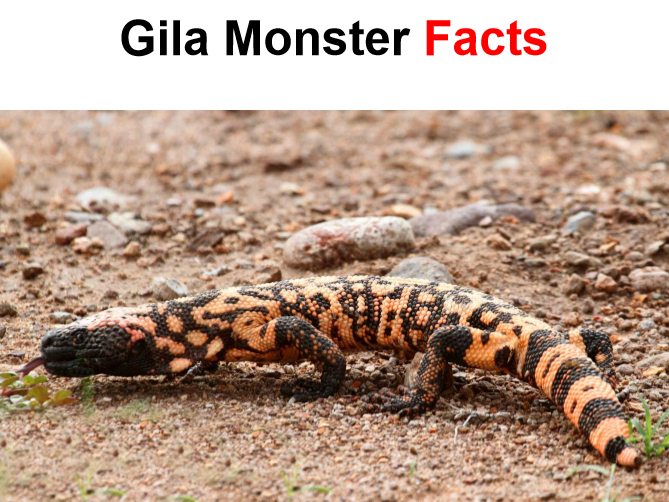
Tortoise
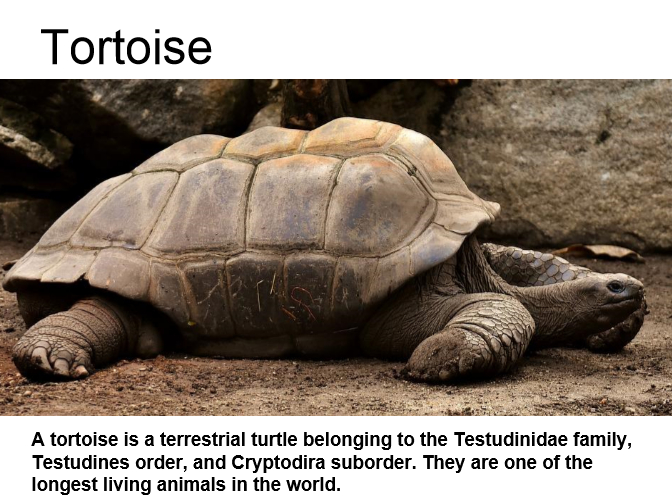
Lizard
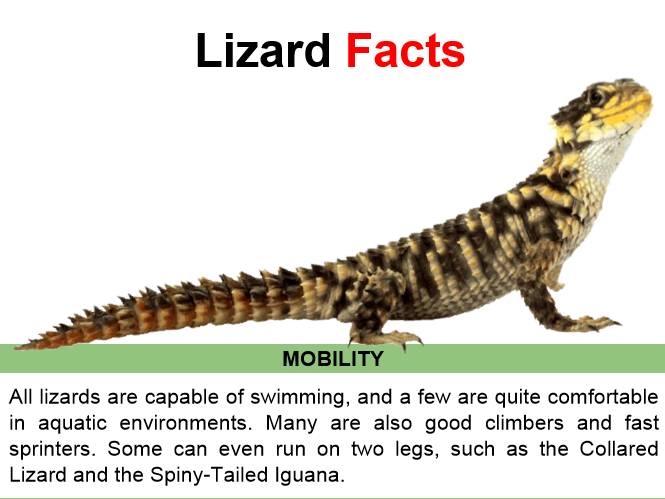
Arizona Game And Fish – Rattlesnake Research
Meet Elisabeth Scoville from the Tucson Reptile Museum for our very first Virtual Reptile Ramble
Day 3 – Artistic Expression
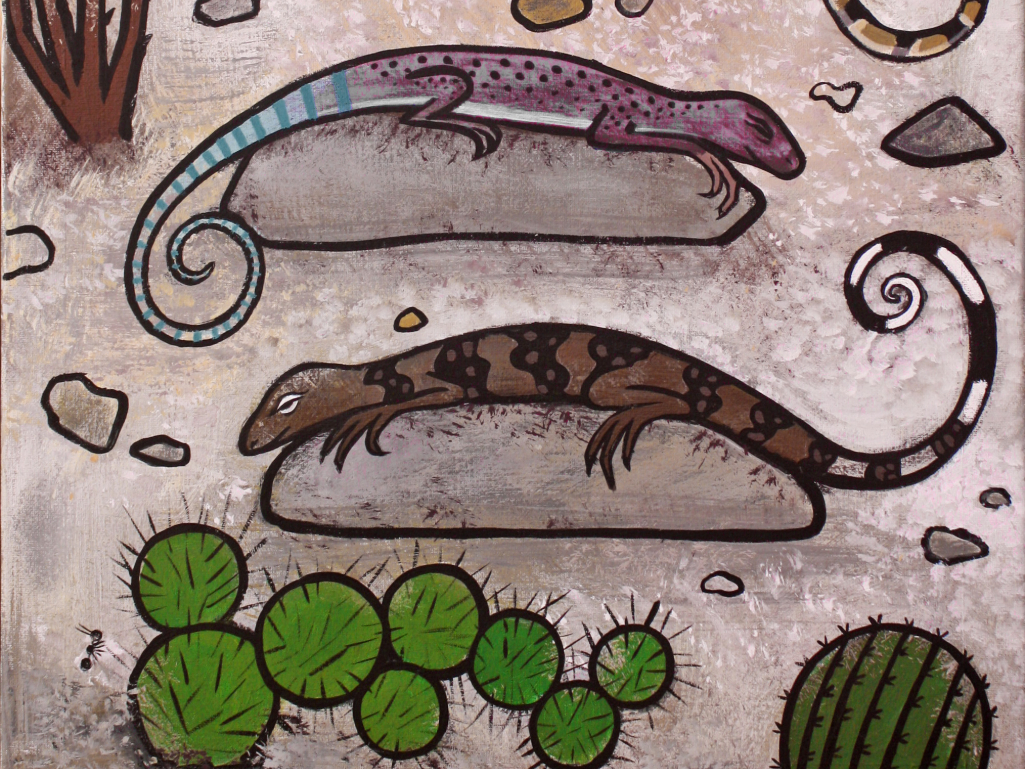
Download this week’s coloring sheets dedicated to Sonoran Desert Reptiles.
Get To Know The Artists
Paul Mirocha
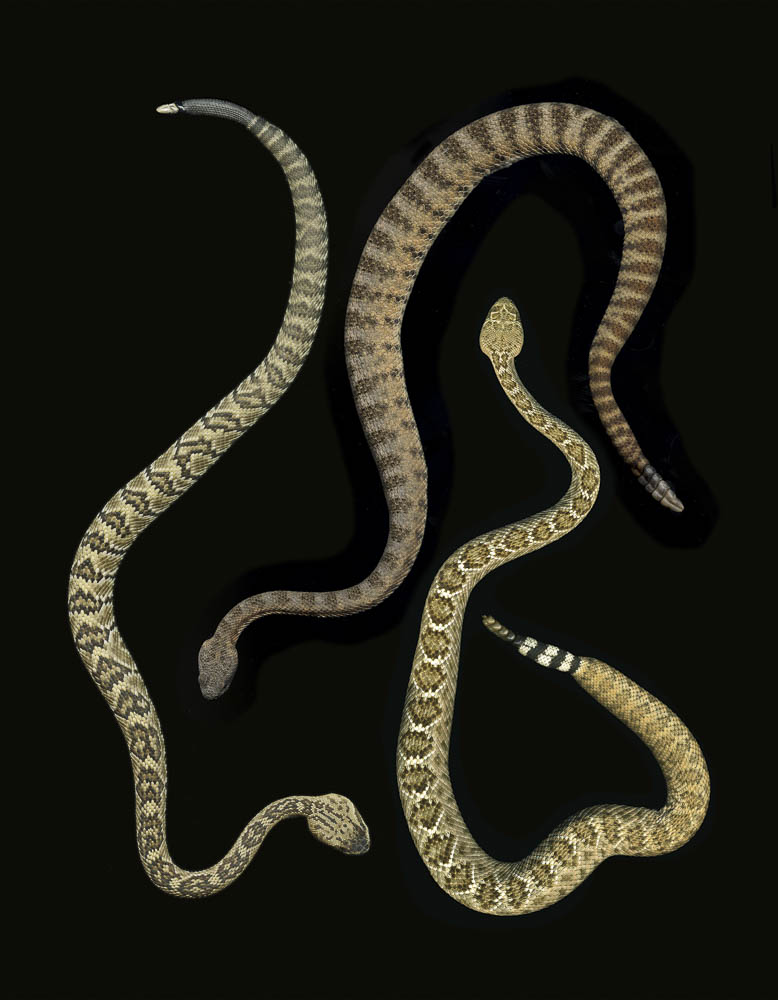
Tom Baumgarnter
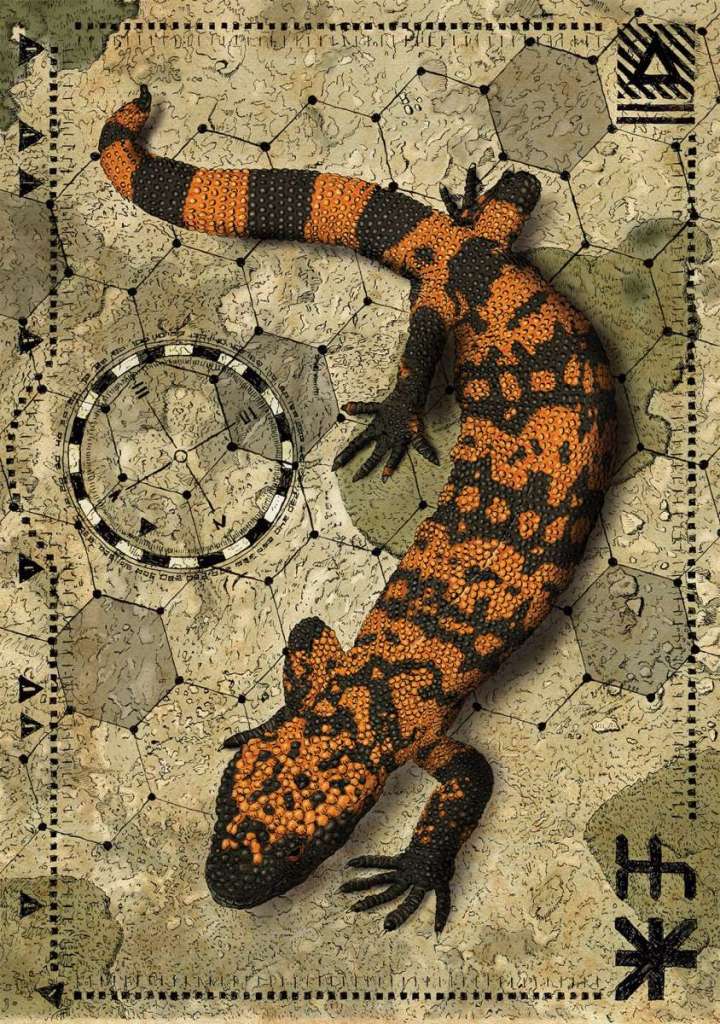
Timothy Schirack
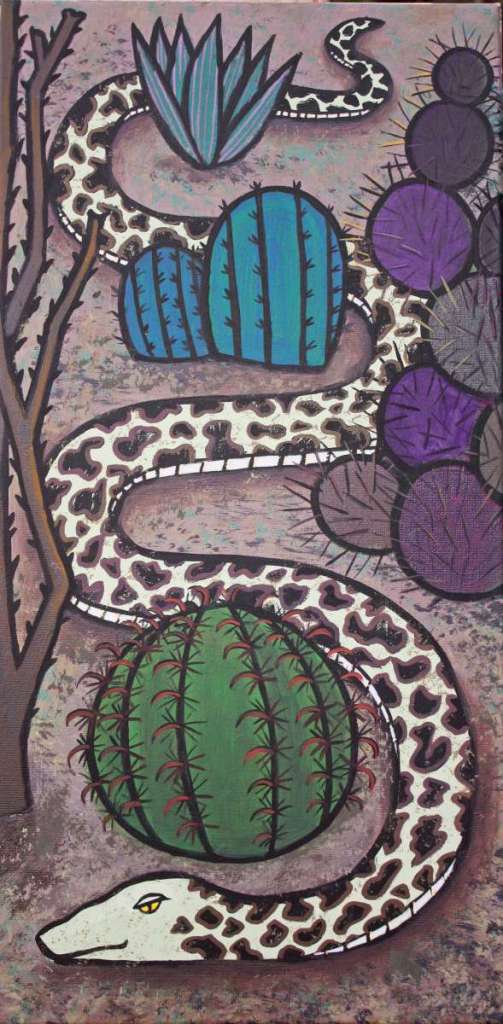
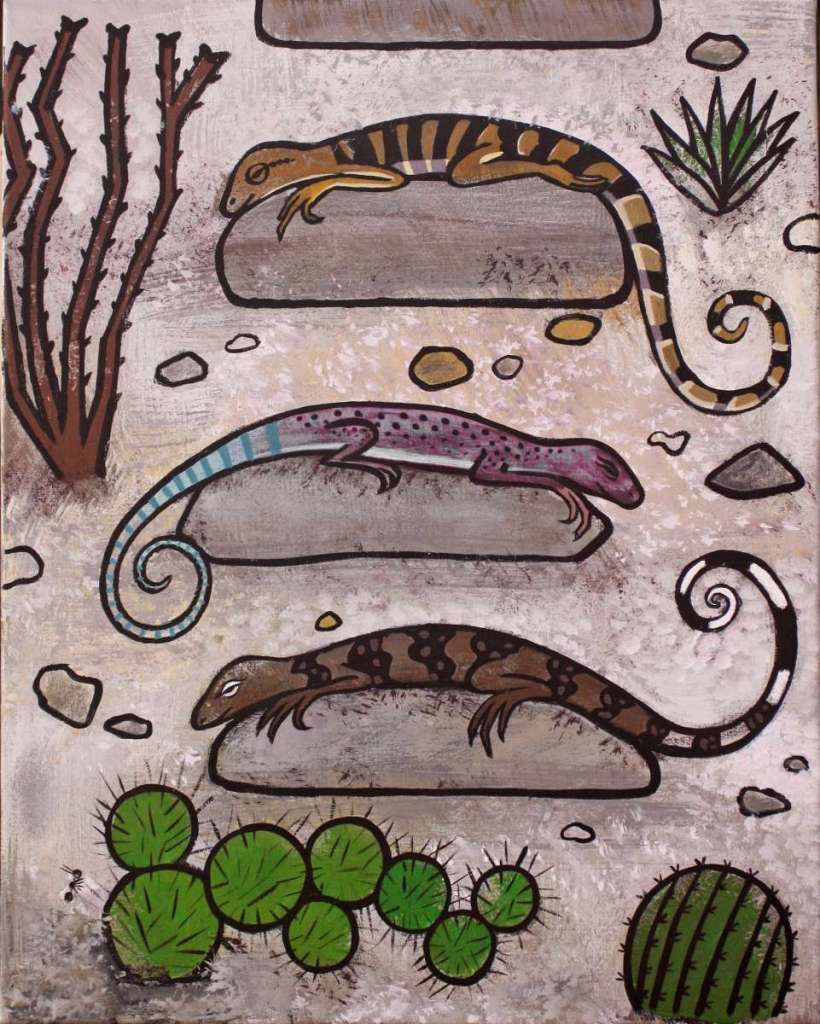
The Rattlers on Tumamoc Hill
“Herpetologists in the building across the parking lot from me at the Desert Lab on Tumamoc Hill do snake surgery during the summer snake-collecting season. They insert radio transmitters and can track the
More
rattlesnakes to see where they go and what they do. Being a close neighbor, the scientists allowed me to carry a scanner into their lab and make these.”
A versatile designer with decades of experience and strong visual skills in graphic design, web, digital illustration, and digital image making. Paul Mirocha’s work is highly crafted, sophisticated, and detailed, yet has emotional appeal. As a trained user experience (UX) designer passionate about encouraging creative thinking and human-centered design, Paul’s work communicates through a deep understanding of the audience.
To learn more about Paul Mirocha and his work, visit https://paulmirocha.com/about/
Gilax M
“The plotting of the scales on its skin arrange in a hexagonal pattern. Something out of a sci-fi artificial life form design. So I started thinking about geometries and how it might relate with the
More
landscape patrolling cell by cell through its hive of rock, thus the hexagon matrix overlay. When you move so close to the ground, there must be some sense of direction more than searching the horizon. I overlaid a futuristic compass at its side for easy reference. Caution barred warning triangle in the upper right noting the subject’s dangerous bite. Truly the dragon of the desert.”
Tom has painted in oil and drawn with ink for 30 years with a BFA from the School of the Art Institute of Chicago. He has lived in Tucson for 20 years and is actively involved with local arts organizations and recently directed the Wee Gallery. A life-long nature lover, his art has a focus on the desert landscape, automatic writing and aesthetics of science. Tom is currently Creative and Senior Web Design Director for Ridgewood Interactive in Tucson.
To learn more about Tom Baumgarner and his work, visit http://patterntology.com/
Check out Tom’s work available in the gift shop, https://tohonochul.org/pollination/
Silent Snake
Three Lizards
Timothy Schirack moved to Tucson seven years ago with his wife and sons to soak up inspiration from the magnificent desert. He is inspired by the flora and fauna, so wildly different than his native Ohio landscape. His work is about breaking down complicated forms to their essence and infusing them with the unique colors of the Southwest.
Ruben Moreno
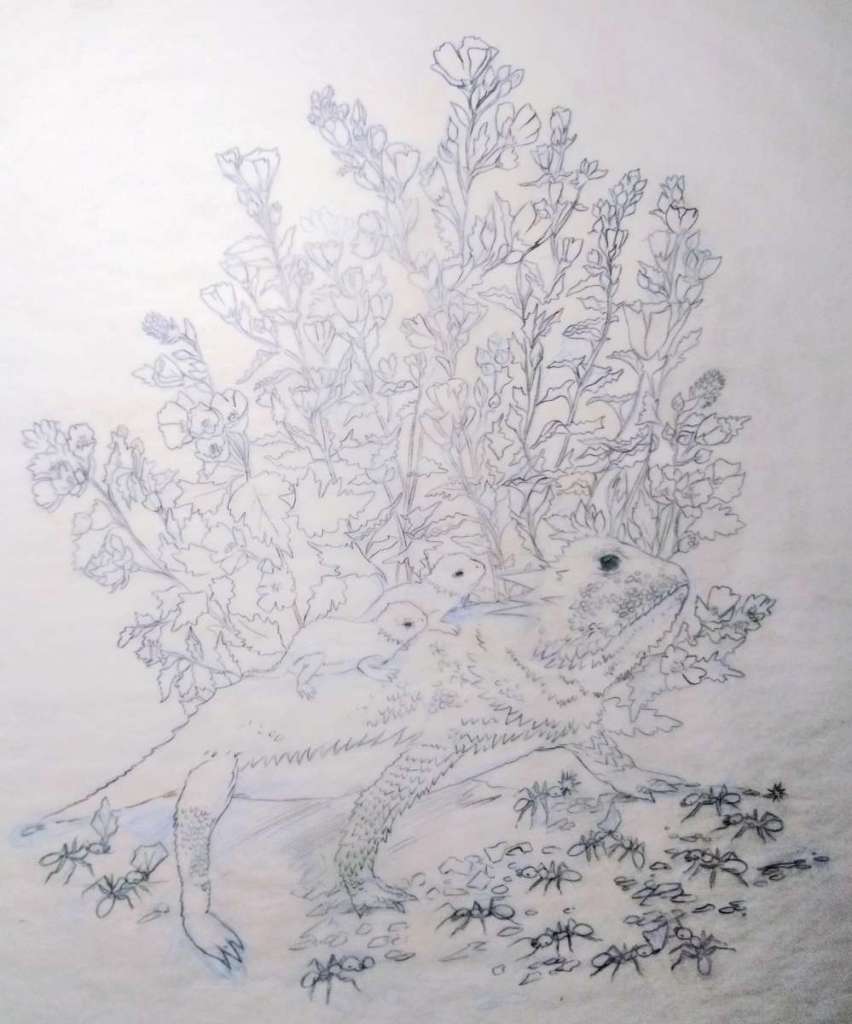
Hormigas
“Sometimes nature seems to be working against itself, in many ways struggle is needed in order to nurture the organized chaos that the wild kingdom requires. In this case, the horned lizard is faced with needing to feed its young and goes to pay a visit to the trail of marching ants transporting seeds
More
underground queen and symbiotic fungus. You can imagine the brief panic of the group when the eating starts and then the regrouping after the commotion. This almost always leads to losing track of some of the cargo and thus helps the globemallow seeds and many others distribute themselves in unlikely, yet perfectly placed spots.”
Born in 1975, Ruben is a self-taught artist from Tucson, Arizona with a background in graphic design, illustration, murals, fabrication, and printmaking. His work has been included in-group and solo exhibitions in El Paso, Los Angeles, Juarez, Mexico City, New York City, Phoenix, San Diego, Seattle, and throughout Arizona. His work is in the permanent collections of the Tucson Museum of Art and El Paso Museum of Art.
Charlene Juan
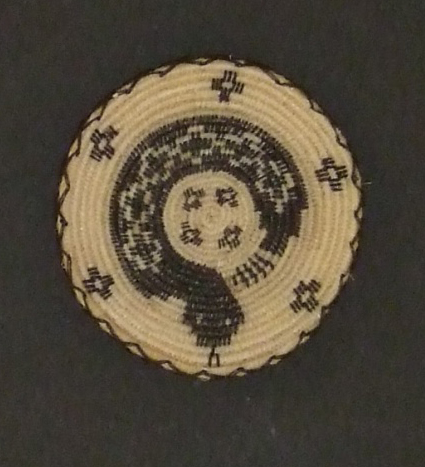
Miniature Snake Basket
Richard and Jean Wilson purchased this piece at the Sedona Miniature shop in the mid-1980s. They used this image as inspiration for Tohono Chul’s fist logo. Because of various superstitions, many weavers believe snake designs are taboo but some artists use it during winter months when the snakes are hibernating.
More
black and white horsehair
Gift of Richard and Jean Wilson
ACNO 85.2.1
From the TOHONO CHUL exhibition
From Native Hands: The Collection of Tohono Chul Park
Tohono Chul Park’s Permanent Collection, 1994
Where Nature, Art and Culture Connect
The Franco Family: Tohono O’odham Carvers
Weaving: Native Baskets and Blankets
25 Milestones of Tohono Chul Park
Dave Stone
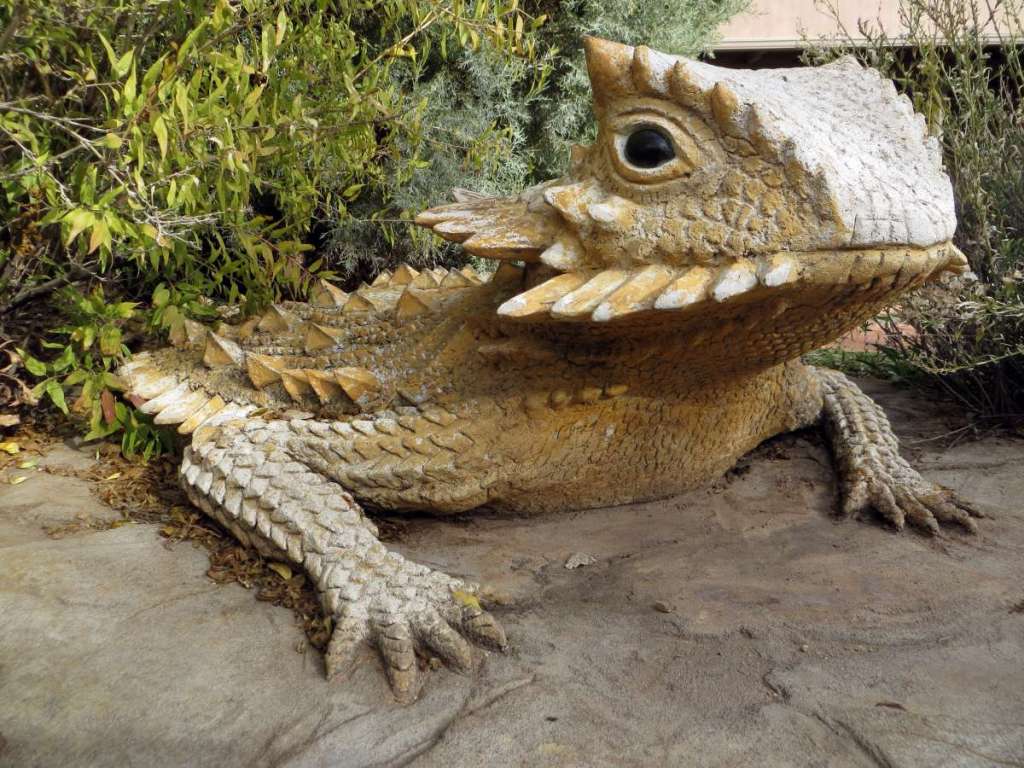
Regal Horned Lizard
The horned lizard, mistakenly called horny toad, looks dangerous due to its scaly body, but they are harmless and do not attack unless provoked. They are known for squirting blood out of their eyes. This lizard is protected by Arizona law and is the State Reptile of Texas.
More
Dave Stone created this piece in 1995 on the grounds of the Arizona-Sonora Desert Museum, in front of visitors. The sculpture was made of ferro-cement, reinforced with steel wire and mesh, and stained with cement stain. It was purchased while on display at Tohono Chul in the summer of 1999, as part of the exhibit Creepy, Crawly, Wild & Wooly. It was gifted back to the Park in 2005 and on permanent display in the Desert Living Courtyard by the Education Center.
Day 4 – Artistic Interpretation, Featured Artists
A conversation with photographer Christopher Allison and James Schaub, Tohono Chul Curator of Exhibitions
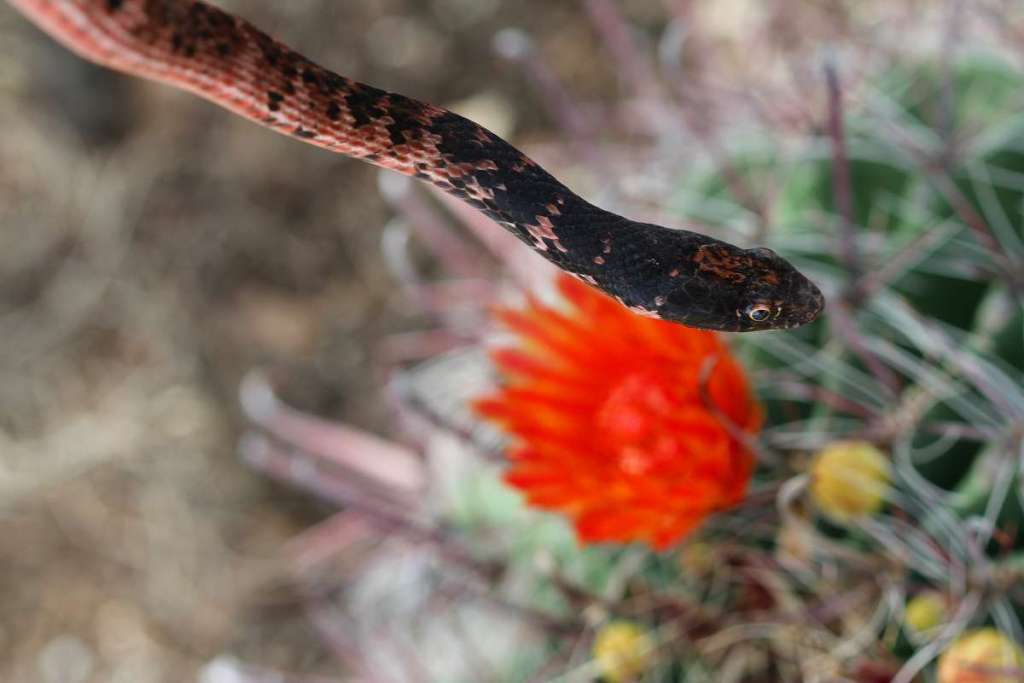
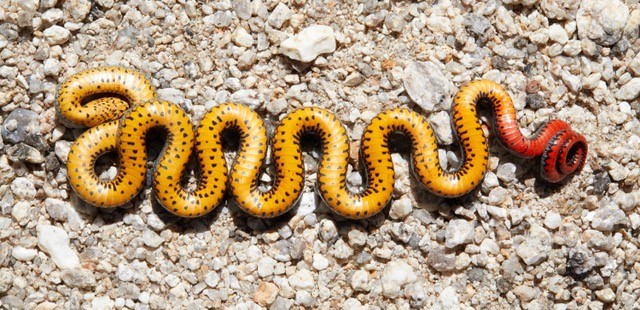
A Cabinet of Curiosities: encounters
with the elusive and a handful of images
from the Reptile World
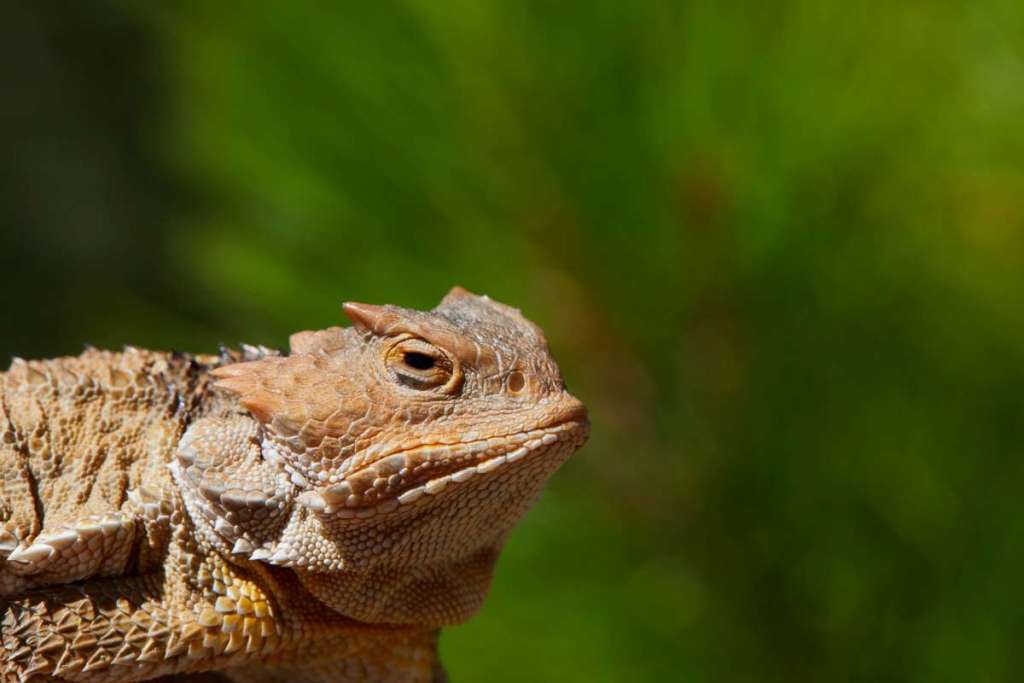
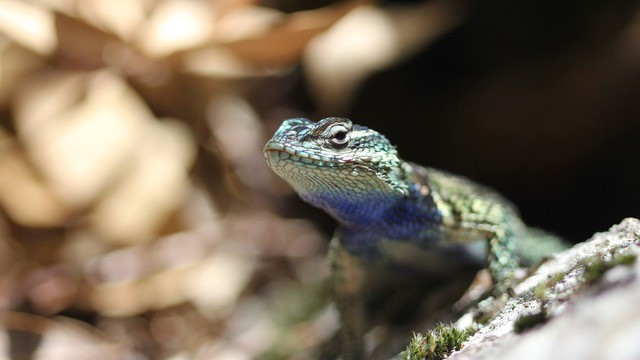
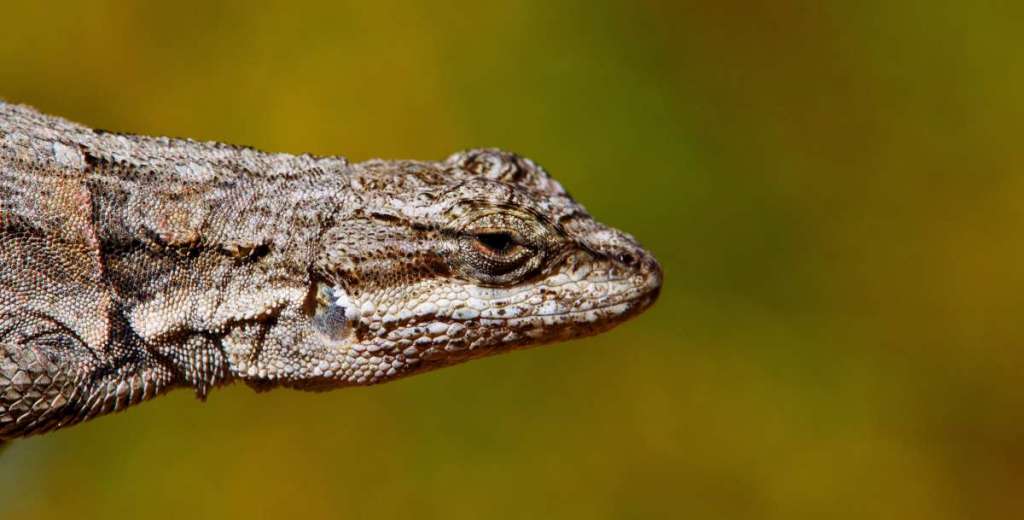
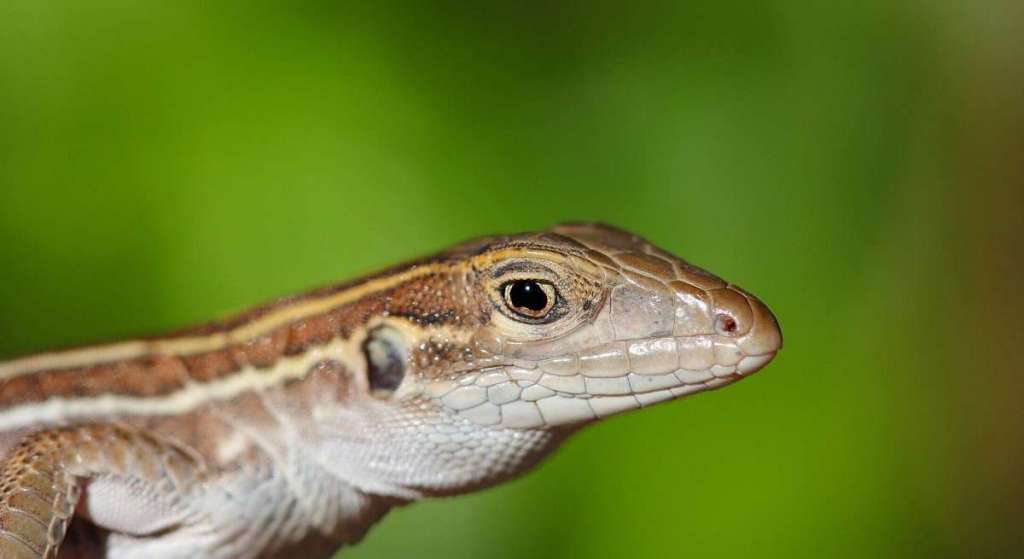
The idea of Natural History truly took shape during the Age of Enlightenment. The period spanning the 17th to 19th centuries saw wondrous stories and specimens, collected from faraway lands, pouring into Europe – informing and filling Cabinets (upon Cabinets) of Curiosities with fantastic things, never before seen. Focused on anatomy, biology, geology, and zoology, the science of the day analyzed and celebrated the marvels of the Natural World. Empirical (experience-based) and rational (concept-based) thinking took hold of these odd and exotic discoveries and sought to explain their mystery. It wasn’t and still isn’t an easy thing to do – as, Nature proves elusive.
Read More
Thankfully, then as now, human nature allows room for the imagination, and even better, allows it to wander.
Christopher Allison has an eye for Nature and for the elusive – the hidden, the quiet, the inchoate. His photographic work is a reflection of those sensibilities. It all seems guided by imperceptible signals that only he is tuned to – signals that ask him to take notice, stop, and look closer. Each one of his images captures the essence of that encounter. They are intimate and emblematic portraits – equal parts subject, sequence, and setting.
Looking at the work Christopher Allison has exhibited at Tohono Chul over the last five years, I postulate that he has been continually building and filling up his own Cabinet of Curiosities. Allison’s Cabinet, devoted to the Sonoran Desert, is not filled with objects carried home and examined – it is filled with his ‘encounters with the elusive.’ Using a camera, he collects and categorizes these moments. The interactions are then relayed: as he composed them in the camera or as he modified them outside the camera – with the image and concept moving away from the initial intention.
In their pure or manipulated forms, Allison’s images possess a poetry that allows room for the imagination and encourages it to wander.
A few years ago, hiking out of Sabino Canyon with my son, we saw a woman with two young children just off the trail. Curious to what was happening we took notice. As we approached, we saw a man lying prone on the desert floor, truing his camera to something. As we stopped, I recognized the man as Christopher. His family and mine watched silently as he, fully focused, tuned into whatever it was before him. I don’t remember what it was – either does he – but, I do remember thinking whatever it was, it was only decipherable at that moment to Allison’s eye and lens. I wanted to see it, but not there. I knew the memory of the encounter would stay with me and that was plenty. I also knew that my mind should wander, imagining that somewhere in the next series of images I would see, I might just find that ‘encounter with the elusive.’
About Christoper Allison:
“I don’t always bring my camera when I observe nature. Some of the best images that I have seen are recorded only in my memory. I am fortunate to live in Tucson, a place where nature’s persistence and perseverance make it a constant companion. With abundant interactions between plants, animals and their surroundings, I am constantly fascinated and inspired by the region that I call home.
I have always been fascinated with nature. As a child I was told that I ‘left no stone unturned’ by an uncle whose large stone wall I disassembled in search of worms and salamanders. Always seeking out any opportunity to be outside and experience nature, I was drawn to Arizona and particularly Tucson. During my 15 years as an Arizona resident I have explored photography, painting, and digital art with an emphasis on insects, reptiles and birds.”
Albertus Seba
Book Recommendations
Cabinet of Natural Curiosities
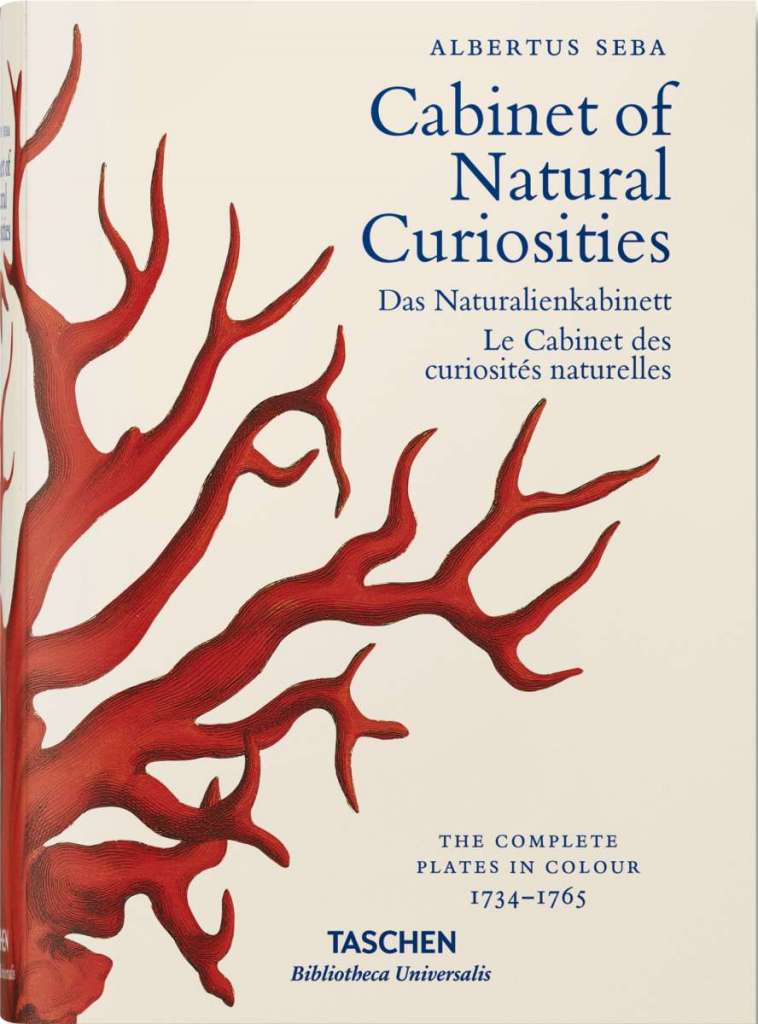
Seba’s Snakes and Lizards
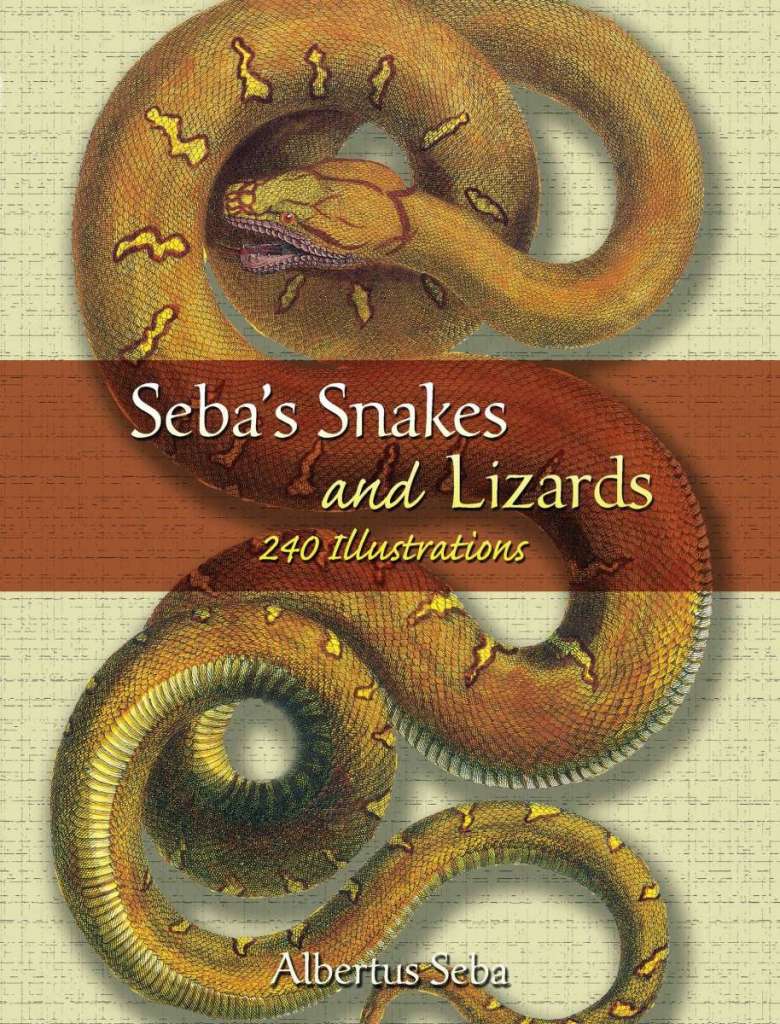
Learn More About Seba with the blog by the Met Museum
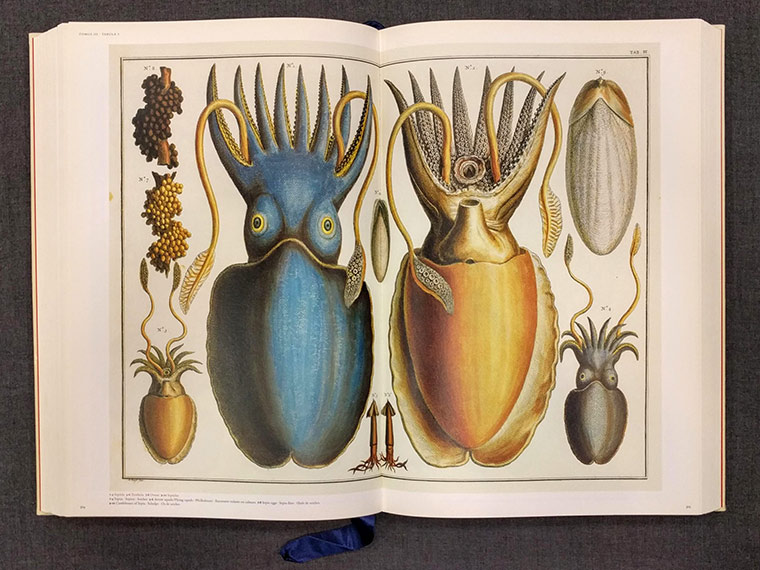
The natural world has held our fascination for centuries, if not the entirety of human history. In modern times we have people like Sir David Attenborough to dazzle us with the marvels of the natural world in Planet Earth and such series. During the Age of Exploration, on the other hand, it was all about books.
Featured Artists
Tom Baumgartner

Gilax
“The plotting of the scales on its skin arrange in a hexagonal pattern. Something out of a sci-fi artificial life-form design.
More
So I started thinking about geometries and how it might relate with the landscape patrolling cell by cell through it’s hive of rock, thus the hexagon matrix overlay. When you move so close to the ground, there must be some sense of direction more than searching the horizon. I overlaid a futuristic compass at its side for easy reference. Caution barred warning triangle in the upper right noting the subject’s dangerous bite. Truly the dragon of the desert.”
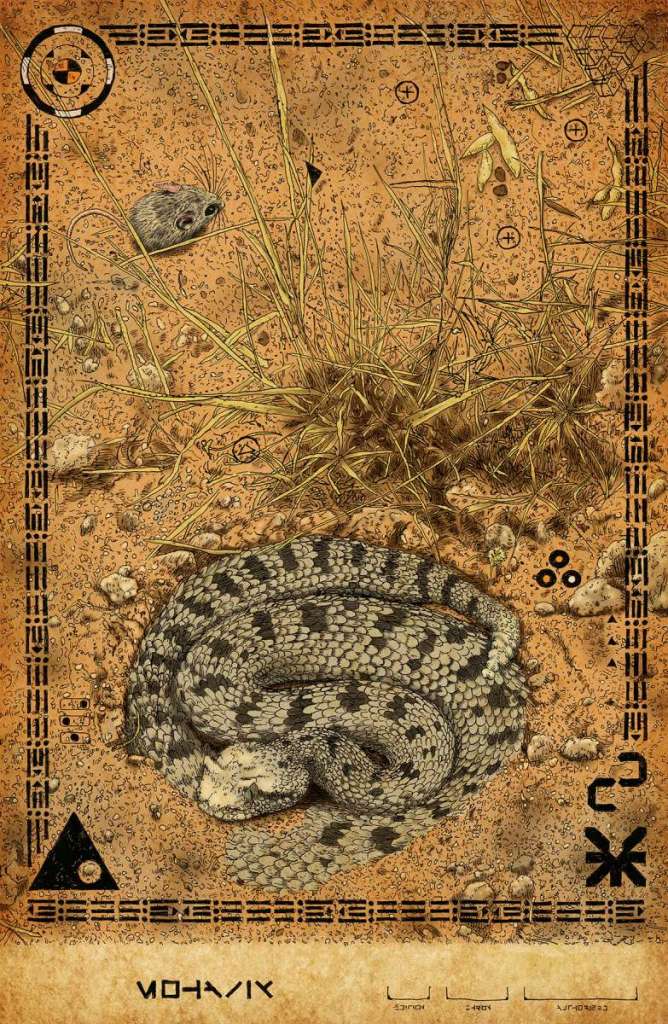
Mohavix
“Beyond symbiosis is the interconnectedness of an entire ecosystem. With this piece I was
More
thinking about margins. Margins of safety, territory, food source, pathways and shelter. I imagine these invisible zones growing and shrinking from minute to minute as creatures hunt, forage, pollinate, burrow, and disperse seeds. The overlay frame is made of word processor icons: center, list and margin.”
Timothy Schirack

Three Lizards

Silent Snake
Timothy Schirack moved to Tucson seven years ago with his wife and sons to soak up inspiration from the magnificent desert. He is inspired by the flora and fauna, so wildly different than his native Ohio landscape.
More
Schirack’s work is about breaking down complicated forms to their essence and infusing them with the unique colors of the Southwest. He employs harmonious and discordant color schemes and marries them to a bold wiry line that moves the eye through each composition. Timothy’s works on paper present a magical reality and are playful examinations of the world around us.
Paul Mirocha

The Rattlers on Tumamoc Hill
“Herpetologists in the building across the parking lot from me at the Desert Lab on Tumamoc Hill do snake surgery during the
More
summer snake-collecting season. They insert radio transmitters and can track the rattlesnakes to see where they go and what they do. Being a close neighbor, the scientists allowed me to carry a scanner into their lab and make these.”
[expand title=”MORE ARTISTS” rel=”fiction”]
Steve Hickman
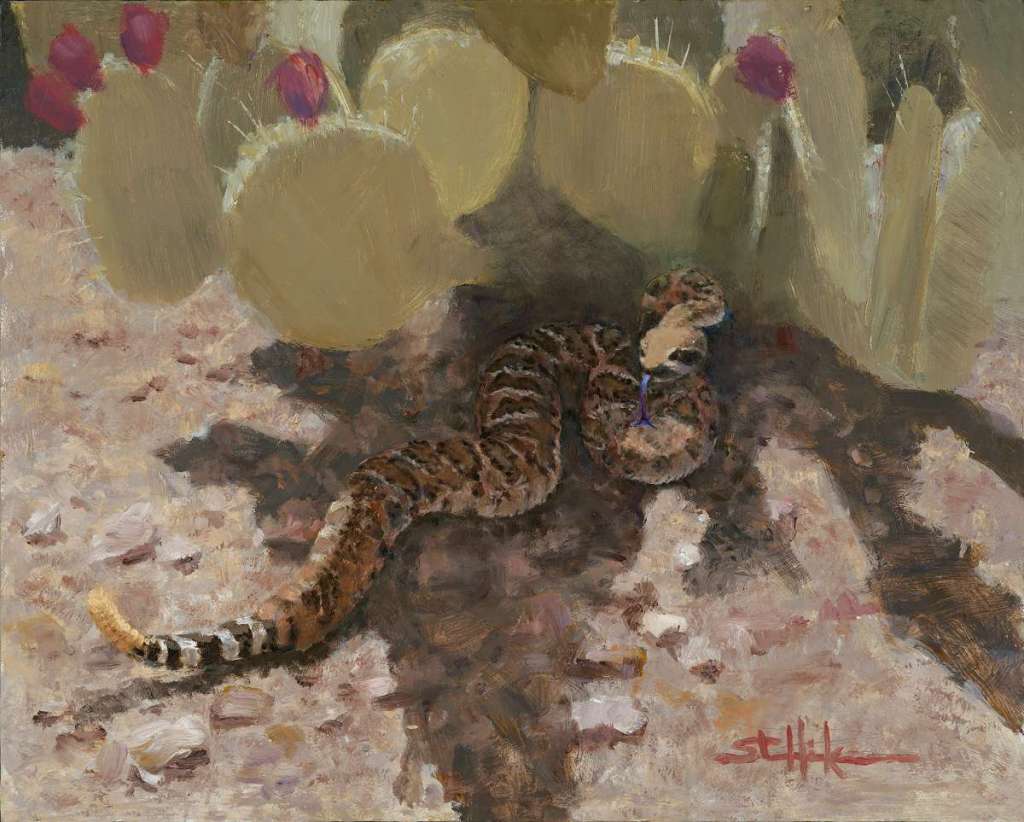
Cascabel
“The rattlesnake is an iconic symbol in ancestral Pueblo, Aztec and Maya religion. They will occupy abandoned rodent burrows and den with other snake species. Rattlesnakes inter-relate as rodent control agents, a toxic threat to pets, people and livestock or as food for Golden Eagles, Javelinas, King Snakes and Humans.
Roger Ulrich
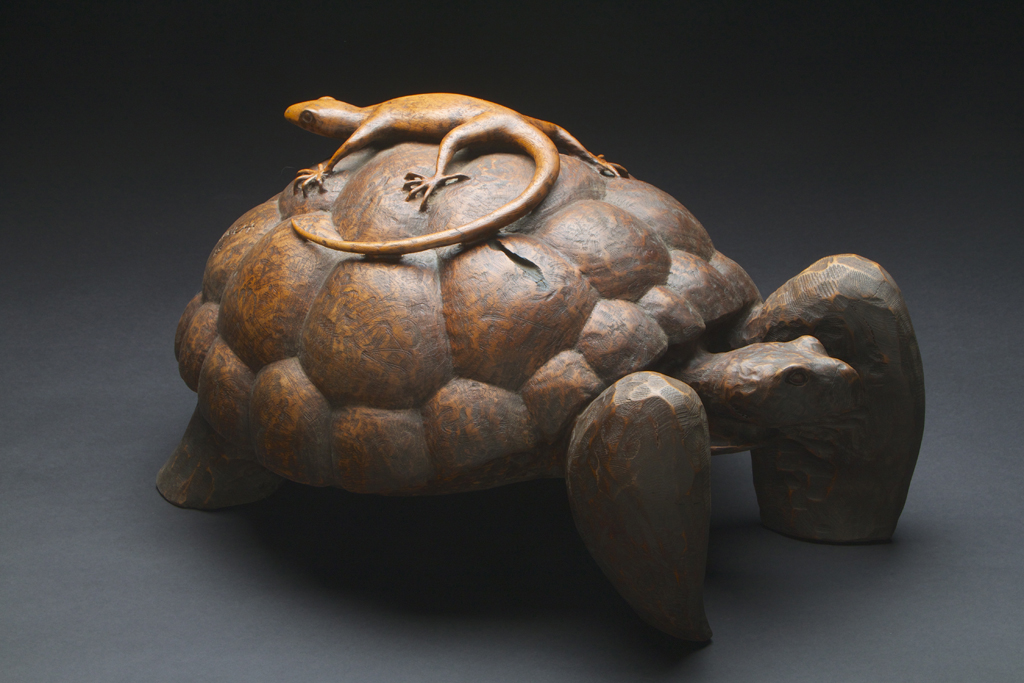
Companion
“This combination of lizard and desert tortoise was hand-formed from a single piece of mesquite wood (yes, including the lizard!). The dynamics of the two inveterate Sonoran desert critters keeping an eye out from both ends, is a studied action frozen in time. As this is a fairly large piece, weight was a concern. This was resolved by hollowing out the underside and inside of the wood piece, making the work most manageable.”
Jan Mayer
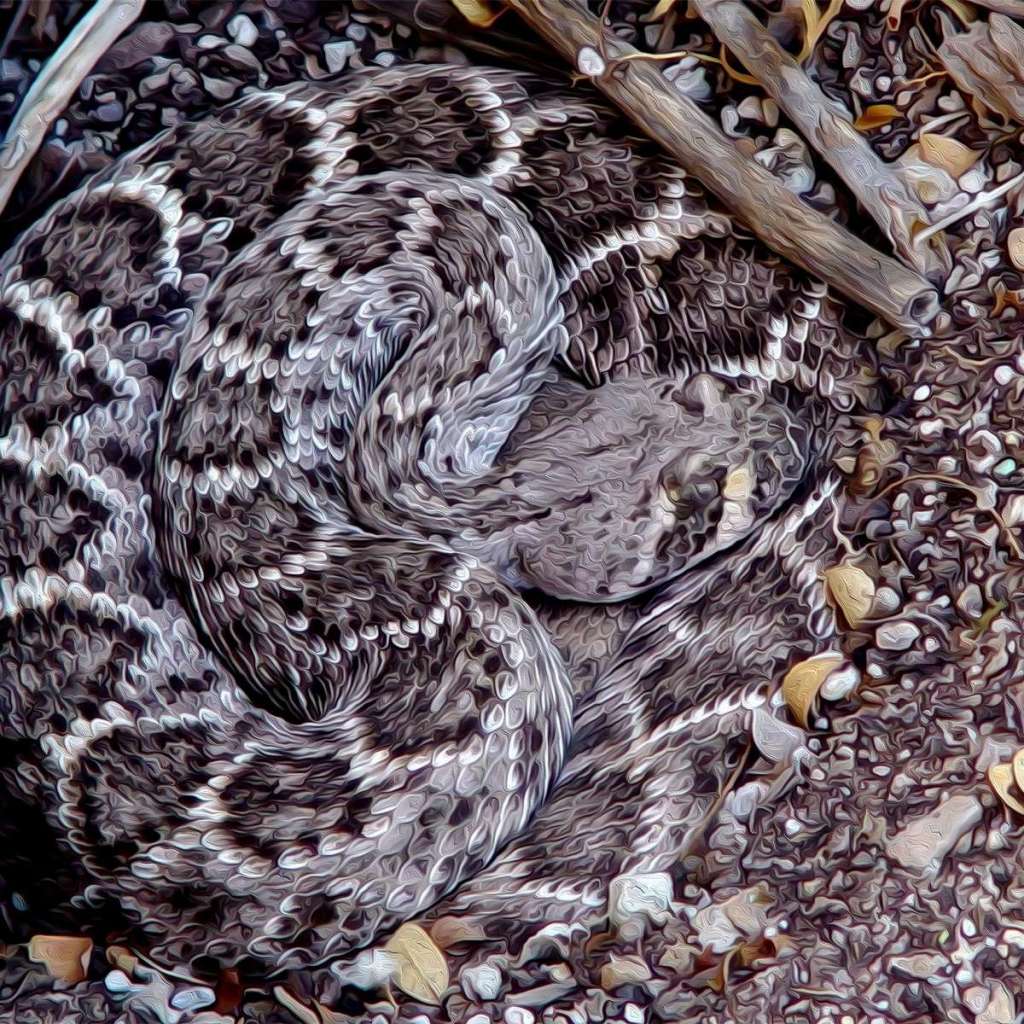
Serpentine Cover
“The concept of desert, barren and dry, seemingly lifeless with only extreme heat or cold conditions is hardly the reality of our Sonoran Desert. This can be a lush, varied landscape with an abundant diversity of species, both plant and animal. In the lowlands, saguaro forests rule the
More
environment, their giant monolithic presence coupled with other strange and fruitful plant life possess amazing adaptations for survival. Animals shelter in the day’s heat and then emerge from their concealed places to feed and prepare for their next generations. Precious water is the ultimate life sustaining essence in this unique and enigmatic habitat. We celebrate its arrival and marvel at the transformation left behind as its memory.”
Charlene Juan

Miniature Snake Basket
Tohono Chul founders, Richard and Jean Wilson purchased this piece at the Sedona Miniature shop in the mid-1980s. They used this image as inspiration for Tohono Chul’s fist logo. Because of various superstitions, many weavers believe snake designs are taboo
More
but some artists use it during winter months when the snakes are hibernating.
Unknown Huichol Artist
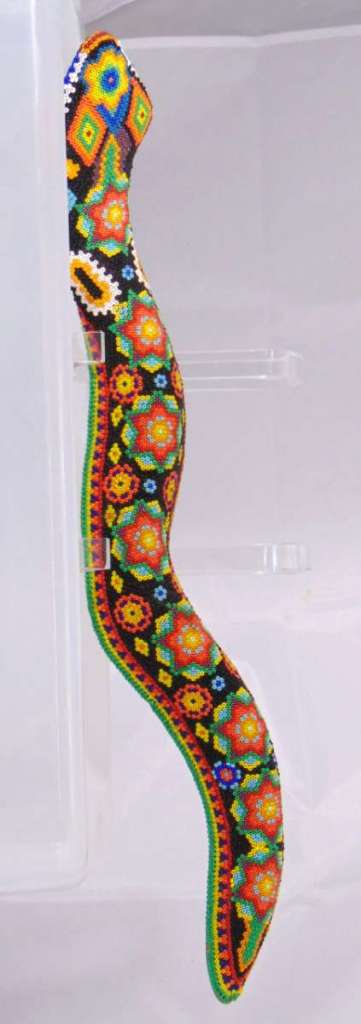
Huichol Beaded Snake Carving
The Huichol people are one of the only indigenous groups in
More
Mexico who withstood the Spanish invasion – thanks in part to their remote location in the Sierra Madre Occidental mountain range. Today they strive to keep their vibrant culture alive. Huichol art is easily recognizable by the bright colors and mesmerizing patterns seen in yarn paintings and beaded carvings. Serpents, such as this snake carving, are common symbols in Huichol art and signify rainfall.
[/expand]
Day 5 – Weekend Inspiration
With their scaly skins, reptiles are perfectly suited for mosaic craft activities. Check out these tutorials on how to make paper mosaics.
How to Create a Paper Mosaic by Ms. Jess Art Class
[Arts] Easy paper mosaic by Chau Vu
Reference Images, Click on image to download
[expand title=”MORE INSPIRATION” rel=”fiction”]
[/expand]
Next Week’s Theme
